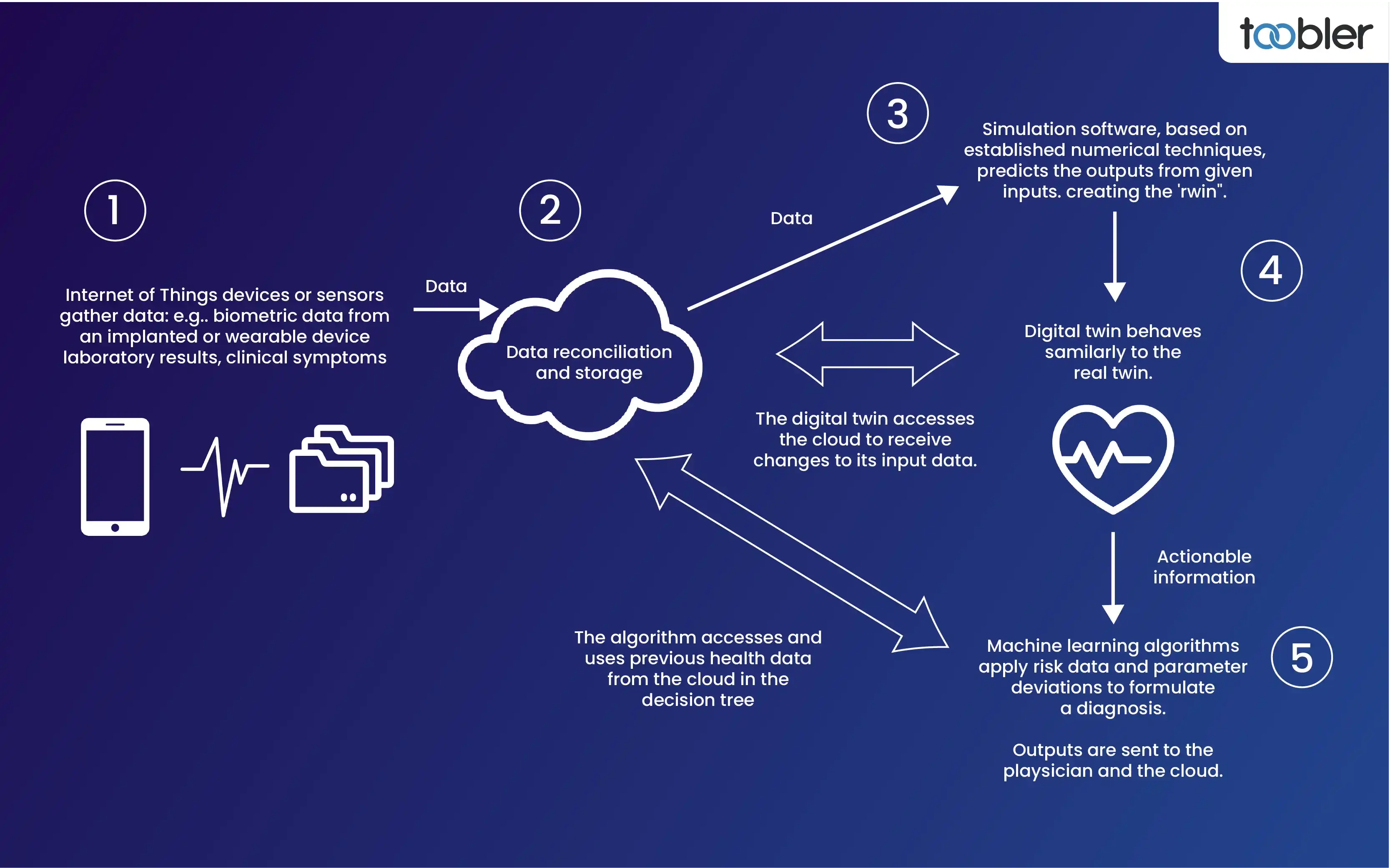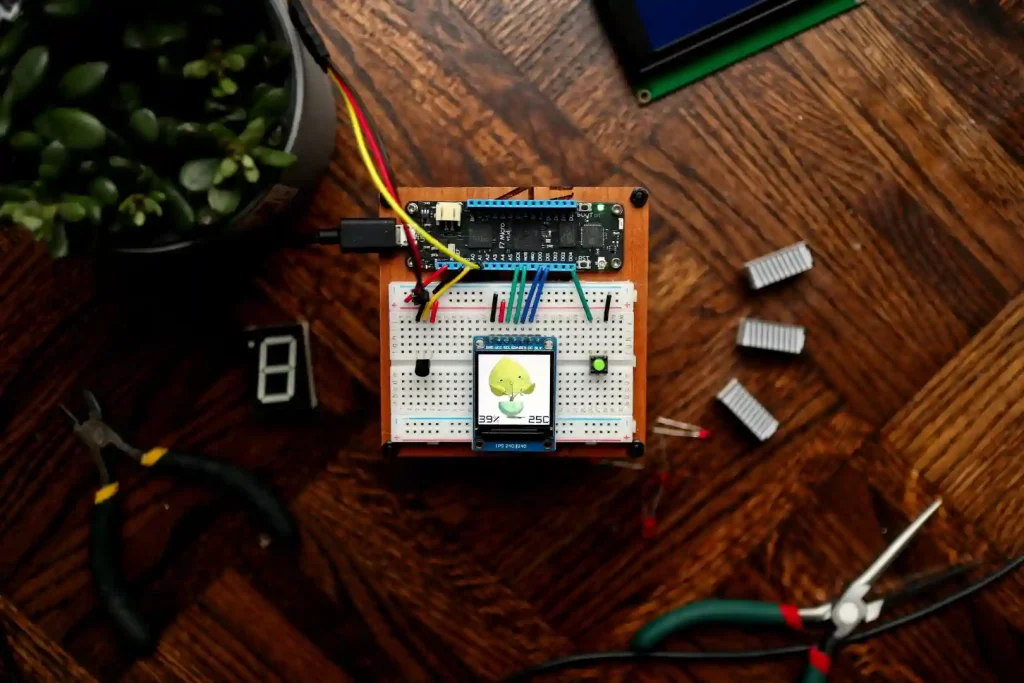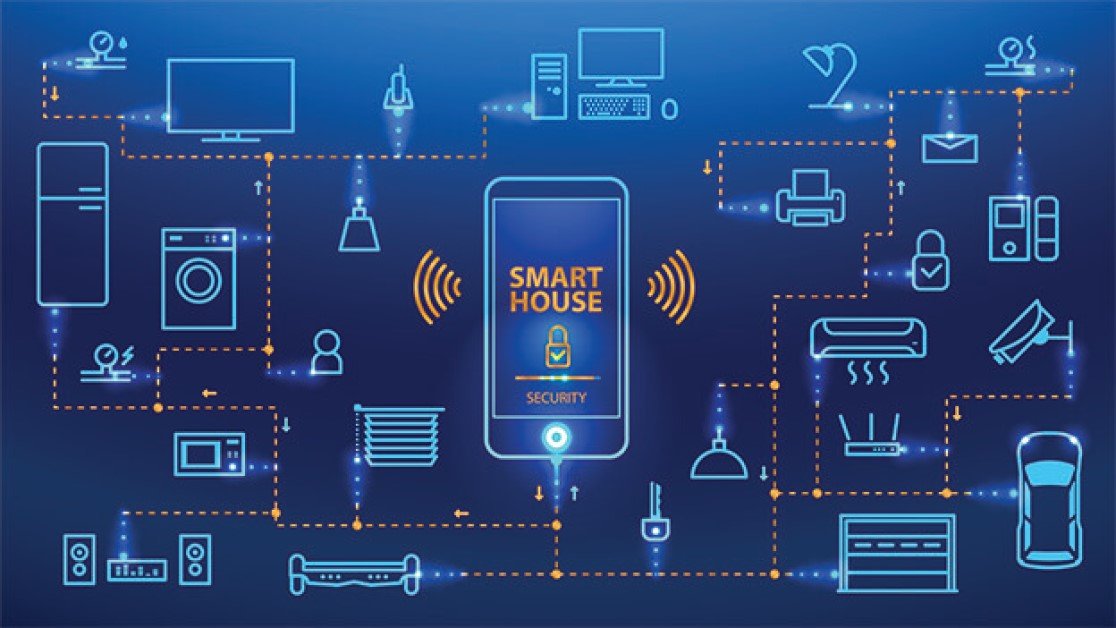The Day I Decided to Stop Being Intimidated by Technology
I still remember sitting in my tiny apartment in Toronto, scrolling through job postings that all seemed to require "technical experience" or "programming knowledge." As someone with a background in hospitality management, I felt completely out of my depth. But there was this nagging curiosity about IoT – Internet of Things – that wouldn't leave me alone. Every article I read made it sound like you needed a computer science degree just to understand what a Raspberry Pi was, let alone build something with it.
That frustration turned into determination one rainy Saturday afternoon. I decided I was going to build my first IoT project, tech background or not. Looking back now, six months later, I can honestly say it was one of the most rewarding challenges I've ever taken on. The journey wasn't always smooth – there were moments when I wanted to throw my Arduino out the window – but the lessons I learned went far beyond just connecting devices to the internet.
What surprised me most was discovering that IoT isn't actually as intimidating as it seems from the outside. Sure, there's technical stuff involved, but the real barrier isn't intelligence or some innate "tech gene" – it's just knowing where to start and having the patience to learn one small thing at a time. I made plenty of mistakes along the way, bought components I didn't need, and spent hours troubleshooting problems that had embarrassingly simple solutions.
This is the honest story of how I went from someone who barely understood what a microcontroller was to successfully building a smart plant monitoring system. I want to share not just the victories, but the real struggles, the resources that actually helped, and the mindset shifts that made all the difference. Because if I could do this without any technical background, I genuinely believe anyone can.
Starting With Absolutely Zero Knowledge
Let me be completely transparent about where I started. My technical skills consisted of knowing how to use Excel for basic spreadsheets and troubleshooting my WiFi router by turning it off and on again. I'd never written a single line of code. I didn't know the difference between hardware and software beyond the vague sense that one was physical and the other wasn't. When people talked about "protocols" or "sensors," I just nodded along while internally panicking.
The first thing I did was spend about two weeks just researching what IoT actually meant. I watched countless YouTube videos, read beginner guides, and joined a few online communities. What helped me most was finding resources specifically designed for non-technical people. There's this tendency in tech education to assume everyone knows the basics, but I needed someone to explain things like I was five years old. And honestly, that's okay.
I decided my first project would be a smart plant monitoring system – something that could measure soil moisture and send me notifications when my perpetually dying houseplants needed water. It seemed simple enough: get a sensor, connect it to something that could read the data, and figure out how to get alerts on my phone. Spoiler alert: it was more complicated than that, but having a clear, practical goal made everything else easier to tackle.
Choosing My First Project Wisely
One of the best decisions I made was picking a project that actually solved a real problem in my life. I've killed more plants than I care to admit, and living in a small apartment in Vancouver meant I wanted to maximize my limited green space. This personal connection kept me motivated when things got frustrating. When you're learning something completely new, having a "why" that matters to you makes all the difference.
I also made sure my project wasn't too ambitious. I saw people online building entire smart home systems or complex robotics projects for their first attempt, and while that's impressive, it would have overwhelmed me completely. Starting small meant I could actually finish something and build confidence before tackling bigger challenges.
The Learning Curve and Resources That Actually Helped
The hardest part wasn't the technical concepts themselves – it was filtering through the massive amount of information available online. For every helpful tutorial, there were ten that assumed knowledge I didn't have or skipped crucial steps because they seemed "obvious" to experienced makers. I wasted probably three weeks following tutorials that led nowhere because I didn't understand the prerequisites.
What finally worked was finding structured learning paths rather than random tutorials. I started with a beginner IoT course specifically designed for non-programmers. It walked through the absolute basics: what microcontrollers are, how sensors work, and the fundamentals of connecting devices to the internet. Having someone explain why things worked the way they did, not just how to copy code, made everything click into place.
The Canadian maker community also became an invaluable resource. I joined a local meetup group in Toronto where I met other beginners and experienced makers who were incredibly patient with my questions. There's something powerful about learning alongside other people who are also figuring things out. We'd share our frustrations, celebrate small victories, and help each other troubleshoot problems. That human element made the technical challenges feel less isolating.
Breaking Down the Technical Barriers
Programming was my biggest fear going into this. I'd convinced myself that coding was this mysterious skill that only certain types of people could master. The reality was much less dramatic. Yes, I had to learn to code, but the basics needed for simple IoT projects aren't nearly as complex as I imagined. I started with simple Arduino sketches – just a few lines of code to make an LED blink – and gradually built up from there.
What helped was understanding that I didn't need to become a software engineer. I needed to learn just enough to make my specific project work. That mindset shift was liberating. Instead of trying to master programming as a whole, I focused on understanding loops, conditionals, and how to read sensor data. Everything else I could look up when I needed it.
The Components, Costs, and Canadian Shopping Reality
Buying components was its own adventure. My first mistake was ordering a random "Arduino starter kit" without really understanding what I needed. It came with a bunch of parts that were interesting but not relevant to my plant monitoring project. I ended up spending around 80 dollars Canadian on that kit, only to realize I needed different sensors and components anyway.
For my actual project, I needed a soil moisture sensor, a microcontroller (I went with an ESP8266 because it has built-in WiFi), some jumper wires, a breadboard, and a USB cable for programming. Total cost for the right components was about 45 dollars when I ordered from a Canadian electronics supplier. Shipping from overseas would have been cheaper but took forever, and I was impatient to get started.
One thing I wish someone had told me earlier: you will make mistakes and potentially break components. I accidentally fried my first ESP8266 by connecting the power wrong. It happens. Budget for some trial and error, especially when you're learning. I probably spent around 120 dollars total on my first project when you include the components I broke or bought unnecessarily. That might sound like a lot, but considering how much I learned, it felt worth it.
Navigating Canadian Suppliers and Shipping
Shopping for electronics components in Canada comes with its own quirks. We don't have the same easy access to cheap components as our American neighbors, and shipping from overseas can take weeks. I found a few reliable Canadian suppliers that became my go-to sources. Yes, prices were slightly higher than ordering from AliExpress, but getting components in a few days rather than a month made the learning process much smoother.
Local electronics stores also became unexpected resources. There's a small maker shop in my neighborhood that stocks basic components and, more importantly, has knowledgeable staff who could answer questions. Sometimes paying a bit more for the ability to ask "is this the right resistor?" in person was absolutely worth it.
The First Attempt and Spectacular Failure
My first attempt to get everything working was a disaster. I followed a tutorial online, connected everything according to the wiring diagram, uploaded the code, and... nothing happened. The sensor readings made no sense, the ESP8266 kept disconnecting from WiFi, and I had no idea how to troubleshoot any of it. I spent an entire weekend trying different things, getting increasingly frustrated, and questioning whether I was cut out for this at all.
The breakthrough came when I stopped trying to make the entire project work at once and instead tested each component individually. First, I got the ESP8266 connecting to WiFi reliably. Then I tested the soil moisture sensor separately to understand what readings to expect. Breaking the problem down into smaller pieces made debugging actually possible. It turns out that one of my jumper wires was faulty, and my WiFi code had a typo. Simple problems, but impossible to spot when you're trying to fix everything simultaneously.
This experience taught me one of the most valuable lessons in working with IoT: patience and systematic troubleshooting matter more than technical knowledge. When something doesn't work, and it often won't, you need a methodical approach to figure out why. That's a skill anyone can develop, regardless of background.
Learning to Read Error Messages
Error messages initially terrified me. They looked like incomprehensible gibberish full of technical jargon. But I slowly learned that error messages are actually trying to help you. They're telling you exactly what went wrong, you just need to learn their language. I started copying error messages into Google, which led me to forums where other people had encountered the same problems. Nine times out of ten, someone else had already solved my issue.
Victory and What Actually Worked
When my plant monitoring system finally worked, the feeling was incredible. I could see real-time moisture readings from my plants on my phone. I set up notifications to alert me when the soil got too dry. It was functional, useful, and I had built it myself from scratch. That moment of seeing your project actually work after weeks of struggle is addictive – it's what keeps makers going.
What made the difference between failure and success wasn't suddenly becoming a technical genius. It was persistence, breaking problems down into manageable pieces, and not being afraid to ask for help. The online communities I joined were full of people willing to answer questions, no matter how basic. The key was asking specific questions rather than vague "it doesn't work" pleas. Learning to articulate problems clearly helped me solve them faster.
I also learned to embrace imperfection. My first version was held together with tape, the wiring was messy, and the code was far from elegant. But it worked, and that was enough. You can always improve and refine later. Perfectionism kills more projects than technical difficulty ever will. Getting something working, even if it's rough around the edges, builds momentum and confidence.
Expanding Beyond the First Project
Success with my plant monitor gave me confidence to try other projects. I built a temperature and humidity monitor for my apartment, experimented with controlling lights through my phone, and even started helping other beginners with their projects. Each new project taught me something different, and the learning curve got less steep every time. The technical concepts that seemed impossible six months ago now feel like second nature.
Resources and Communities That Made the Difference
Looking back, the resources that helped most weren't always the most technical or comprehensive. What I needed was approachable, beginner-friendly content that didn't assume prior knowledge. Online courses designed specifically for IoT beginners gave me structured learning paths. YouTube channels that explained concepts visually made abstract ideas concrete. And local maker communities provided support and motivation when I felt stuck.
Canadian-specific resources also proved valuable. Understanding how to navigate our electronics suppliers, dealing with our sales tax on components, and connecting with local maker spaces made the practical aspects easier. The maker movement in Canada is growing, and cities like Toronto, Vancouver, and Montreal have active communities that welcome beginners. Finding these communities early would have accelerated my learning significantly.
I also learned the value of documentation. Keeping notes about what I tried, what worked, and what didn't saved me countless hours. When I encountered the same problem again weeks later, having my own reference to check was invaluable. I started a simple blog to document my projects, which forced me to explain concepts clearly and reinforced my own understanding.
The Importance of Hands-On Practice
No amount of reading or video watching replaces actually building things. Theory is important, but IoT is fundamentally a practical skill. You learn by doing, making mistakes, fixing them, and trying again. Every failed connection, every confusing error message, and every hour spent debugging taught me more than any tutorial could. The physical act of connecting components, writing code, and seeing real results creates understanding that passive learning never can.
What I Wish I'd Known From the Start
If I could go back and give advice to myself six months ago, I'd emphasize that you don't need to understand everything before starting. I wasted weeks reading and researching, convinced I needed to master the fundamentals before touching any hardware. In reality, jumping in and learning by doing would have been more effective. Yes, you'll make mistakes, but those mistakes teach you faster than any textbook.
I'd also tell myself that feeling overwhelmed is completely normal and doesn't mean you're not capable. Everyone starts as a beginner. The people who succeed aren't necessarily smarter or more naturally talented – they're just willing to push through the frustration and keep trying. That persistence is something anyone can choose, regardless of background.
Another crucial lesson: don't try to save money by buying the cheapest possible components. I learned this the hard way when my bargain sensors gave unreliable readings and my cheap wires broke constantly. Spending slightly more for quality components from reputable suppliers saves time and frustration in the long run. Your time and sanity are worth more than the few dollars you might save.
Finally, I wish I'd joined communities earlier. The months I spent struggling alone could have been shortened dramatically by asking experienced makers for guidance. There's no shame in being a beginner, and most people in the maker community genuinely enjoy helping newcomers. The collaborative spirit of making is one of its best aspects – take advantage of it.
Moving Forward: Where This Journey Leads
Building my first IoT project opened doors I never expected. I've started freelancing on small automation projects for local businesses. I'm exploring career paths in IoT that didn't seem accessible before. More importantly, I've developed confidence in my ability to learn technical skills and solve complex problems. That mindset shift extends beyond IoT into every area of my life.
The IoT field is growing rapidly, especially in Canada where smart city initiatives and industrial automation are creating new opportunities. Starting without a technical background isn't a disadvantage – it's just a different starting point. The diversity of perspectives in tech makes the field stronger, and we need more people from non-traditional backgrounds bringing their unique insights to device integration and smart systems.
If you're reading this and feeling intimidated by IoT, I want you to know that you absolutely can do this. It won't always be easy, and you'll definitely have moments of frustration, but the journey is worth it. Start small, be patient with yourself, and don't be afraid to ask for help. The maker community is welcoming, and there are more resources available now than ever before. Your lack of a tech background isn't a barrier – it's just the beginning of your learning story.
Six months ago, I couldn't have imagined writing an article about building IoT projects. Now I'm planning my fifth project and helping others get started. That transformation is available to anyone willing to take the first step. You don't need to be a genius, you don't need expensive equipment, and you definitely don't need a computer science degree. You just need curiosity, persistence, and the willingness to learn from mistakes. The rest will follow.




